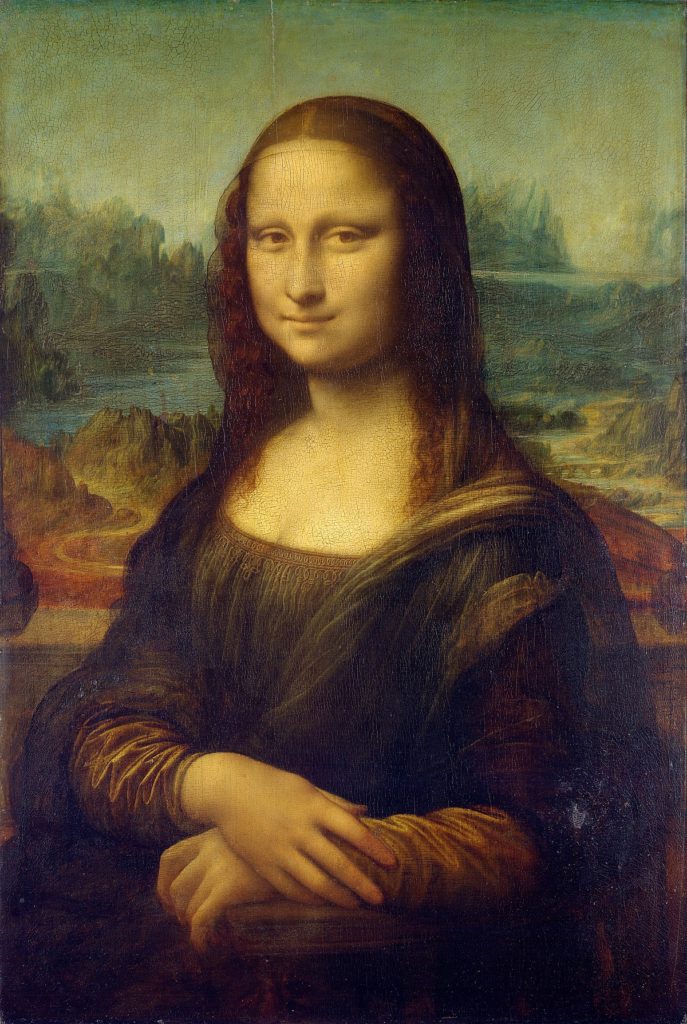One of the ideas I have for the Garrett Museum of Art is to engage our community of supporters in ways that go beyond physically visiting the museum. We are now going to be photographing and hosting all of our exhibitions online through our website and social media in addition to our traditional gallery installation.
Also, I plan on increasing our online presence through our blog. I am going to begin a series of blog posts that discuss issues and ideas related to the art world. Some of these posts might deal with art history, individual artists and their stories, and art theory.
For my first post, I am going to talk about the fascinating story of August 21, 1911 when Leonard da Vinci’s “Mona Lisa” was stolen.

I didn’t realize until researching this topic that prior to the work being stolen, the “Mona Lisa” was not widely known outside the art world. It was not until after the theft and all the publicity that occurred, that it gained its status as a masterpiece. The theft of the piece was actually what propelled the work to the status it enjoys today. It became a household name due to all the publicity and the subsequent police search and investigation, which was highly criticized and led to the head of the Paris police to retire in shame. The publicity around the theft was enormous and the search for suspects stretched so far as to include Pablo Picasso, the Kaiser of Germany, and some prominent American millionaires who were collecting art.
The theft itself was actually quite simple and easy. Vincenzo Peruggia, who was an employee of the Louvre and the ring leader, hid in a closet. While the museum was still closed, he slipped out of the closet, and using the tools he brought, removed the painting from the protective case and took it off the wall. He covered the art with his smock and simply walked out. I read a report that mentioned that the door he was trying to get out of was locked, but a helpful plumber passing by saw him struggling with the lock and used his key to unlock the door for Peruggia.
It took 24 hours before anyone realized it was missing and was actually only discovered stolen after a visitor asked why it wasn’t on display. The visitor was a still life artist who had set up an easel to paint a scene in the gallery and asked a guard where the “Mona Lisa” was. The guard actually thought it was back in storage waiting to be photographed. There was a large project going on to photograph the art owned by the Louvre and because cameras at the time required a great deal of light, each piece of art had to be taken to the roof to be photographed. When the photographer reported that he didn’t have the “Mona Lisa”, they finally realized it was stolen.
Peruggia hid the art in a false bottom of a trunk and 28 months after he stole it, contacted an art dealer in Florence Italy, in an effort to sell the work. The dealer was suspicious and contacted the head of the Uffizi Gallery and asked him to look at it. Realizing its authenticity, Peruggia was arrested and sentenced to 7 months in prison. At one Point, Peruggia claimed that he stole it, in order to return it to Italy where he felt it rightfully belonged. He thought he would be heralded as a national hero for returning the art to Italy but was dismayed when that didn’t occur.
I hope you enjoyed this post and look for future posts soon!
Jim

